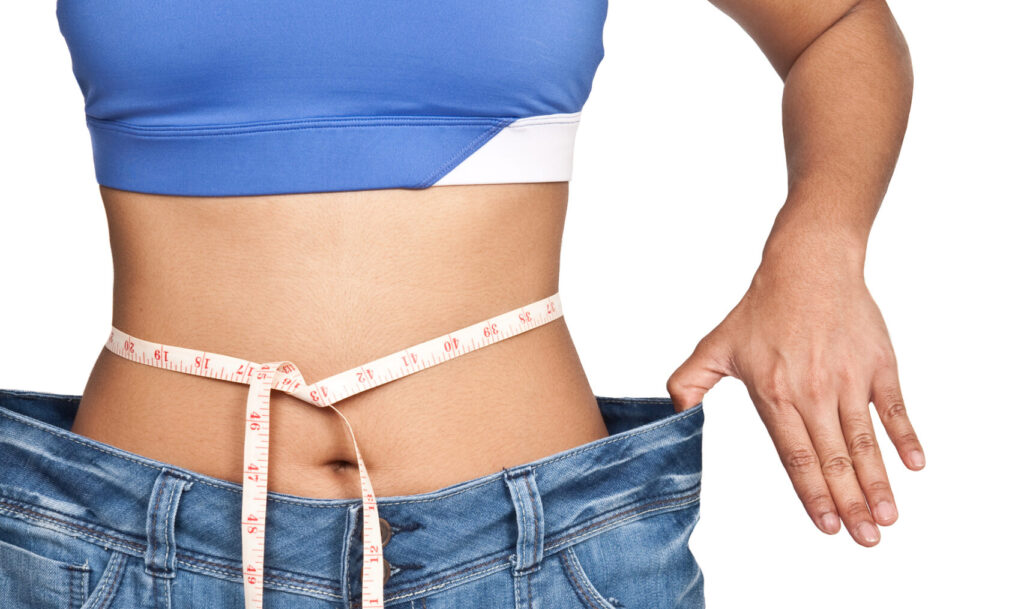Weight Loss
- Home
- Weight Loss
Weight Loss & Menopause
Fat seems to shift towards the midsection & the scale moves in the wrong direction even though your diet and exercise regimen has not changed. Sound familiar? Many women going through perimenopause and menopause struggle with their weight. If this describes you, do not think you are alone!

Why Do We Gain Weight?
Aging is a big factor. Lifestyles change as we age. We lose muscle (therefore burn less fat) gain fat more easily, sit more, and have less physical activity as we age. We can’t discount menopause as a factor. The loss of estrogen leads to a shift of fat to the midsection. During the menopause transition, night sweats, sleep disturbance, and problems with mood are common and may affect a woman’s ability to adhere to a healthy diet and regular exercise program. Although estrogen used for management of menopause symptoms is not a weight-loss drug, it improves body composition by reducing abdominal fat.
“As if the hot flashes, mood swings, night sweats and sexual challenges weren’t enough, now you can add weight gain to the menopausal whammy.
That’s right. In case you hadn’t noticed (fat chance!), women tend to gain about 10 to 15 pounds on average—from 3 to 30 pounds is the typical range—during and after menopause. And because our entire metabolic mechanism is different now, that weight is blessedly hard to take off.”


